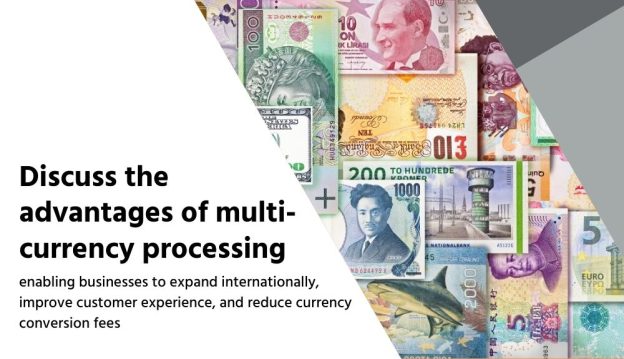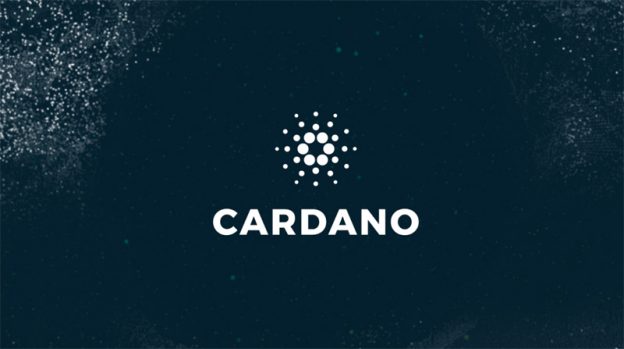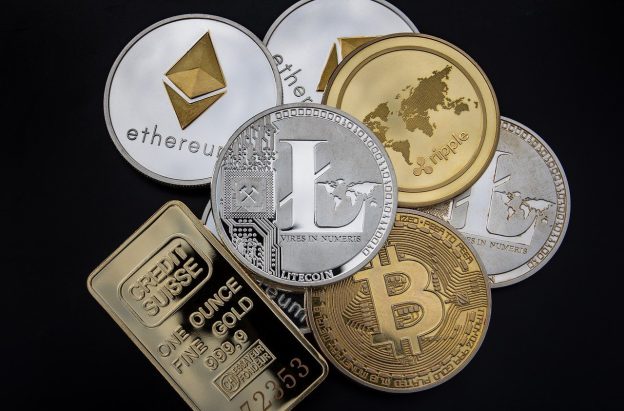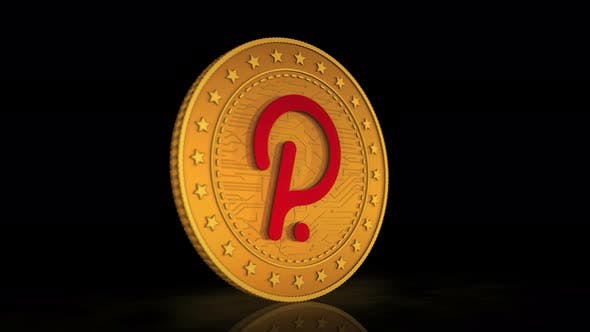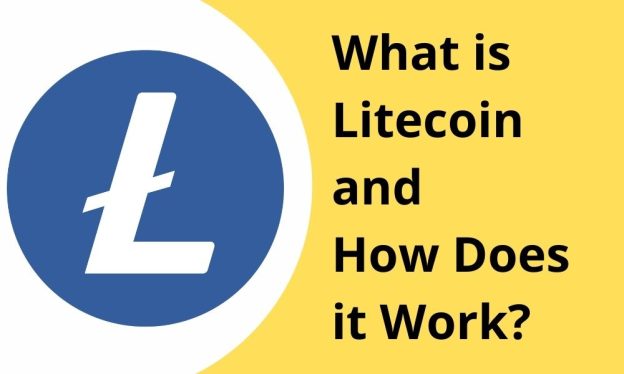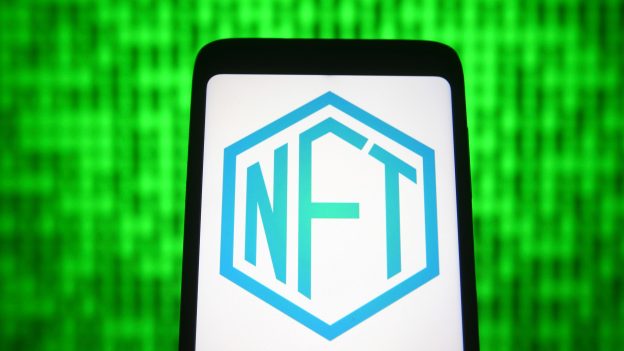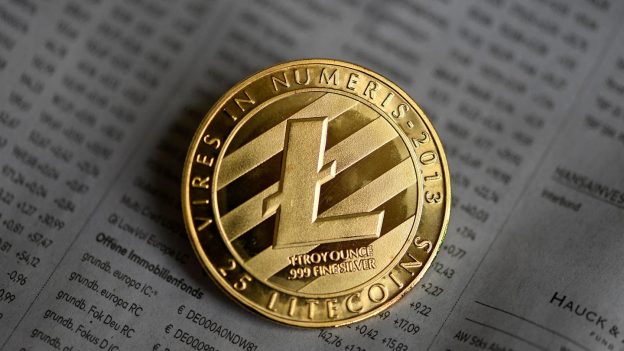Introduction to multi-currency processing
Are you looking to take your business to the next level and tap into global markets? Imagine being able to seamlessly accept payments in multiple currencies, making it easier for customers around the world to purchase from you. With multi-currency processing, this dream can become a reality. Let’s explore how this innovative solution can benefit your business and propel you towards international success!
How businesses can benefit from using multi-currency processing
Businesses can reap numerous benefits from implementing multi-currency processing into their operations. By enabling customers to pay in their local currency, businesses can attract a broader international customer base without the hassle of conversion rates. This convenience fosters trust and loyalty among global clientele.
Moreover, offering multiple currency options enhances the overall shopping experience for customers, making transactions smoother and more transparent. It also eliminates any potential confusion or surprises related to foreign exchange fees that may deter purchases.
From a financial standpoint, businesses can optimize revenue streams by reducing currency conversion costs and hedging against fluctuations in exchange rates. These savings ultimately contribute to improved profit margins and operational efficiency.
Embracing multi-currency processing opens up exciting opportunities for businesses to expand globally and stay competitive in today’s interconnected marketplace.
Expanding internationally with multi-currency processing

Expanding internationally with multi-currency processing opens up a world of opportunities for businesses looking to reach new markets and grow their customer base. With the ability to accept payments in multiple currencies seamlessly, companies can cater to a global audience without barriers.
By offering customers the option to pay in their local currency, businesses can enhance the shopping experience and build trust with international buyers. This convenience can lead to increased sales and repeat purchases from satisfied customers who appreciate the flexibility provided.
Moreover, by utilizing multi-currency processing, businesses can mitigate the risks associated with fluctuating exchange rates and reduce currency conversion fees that may eat into profits. This cost-effective solution allows companies to optimize their financial operations while expanding their presence on a global scale.
In today’s interconnected world, embracing multi-currency processing is essential for staying competitive in an increasingly borderless marketplace. It not only streamlines transactions but also paves the way for sustainable growth and success on an international level.
Improving customer experience with multi-currency processing
Imagine shopping online and being able to see prices in your own currency, without having to calculate exchange rates. Multi-currency processing allows businesses to offer this convenience to their customers. When customers can pay in familiar currencies, it creates a seamless and hassle-free shopping experience. It eliminates the uncertainty that comes with foreign transactions.
By providing multiple currency options at checkout, businesses can cater to a global audience more effectively. This leads to increased customer satisfaction and loyalty. Customers appreciate when companies make an effort to understand their needs and preferences.
Moreover, offering multi-currency processing shows that a business is adaptable and customer-centric. It demonstrates a commitment to serving diverse markets and meeting the demands of an international clientele. In today’s interconnected world, enhancing the customer experience through multi-currency processing is essential for staying competitive in the global marketplace.
Reducing currency conversion fees
One significant advantage of multi-currency processing for businesses is the ability to reduce currency conversion fees. By accepting payments in multiple currencies, companies can minimize the costs associated with converting funds from one currency to another. This not only saves money but also makes transactions more transparent and efficient.
When businesses operate internationally, they often face high currency conversion fees when dealing with foreign customers or suppliers. With multi-currency processing solutions, these fees can be significantly reduced, allowing companies to maximize their profits and streamline their financial operations.
Moreover, by offering customers the option to pay in their preferred currency, businesses can enhance customer satisfaction and loyalty. Customers appreciate the convenience of being able to make purchases without worrying about additional conversion charges or discrepancies in exchange rates.
In today’s global economy, reducing currency conversion fees is essential for businesses looking to stay competitive and attract international clientele. By implementing multi-currency processing capabilities, companies can optimize their payment processes and create a seamless experience for both customers and partners alike.
Key considerations when implementing multi-currency processing
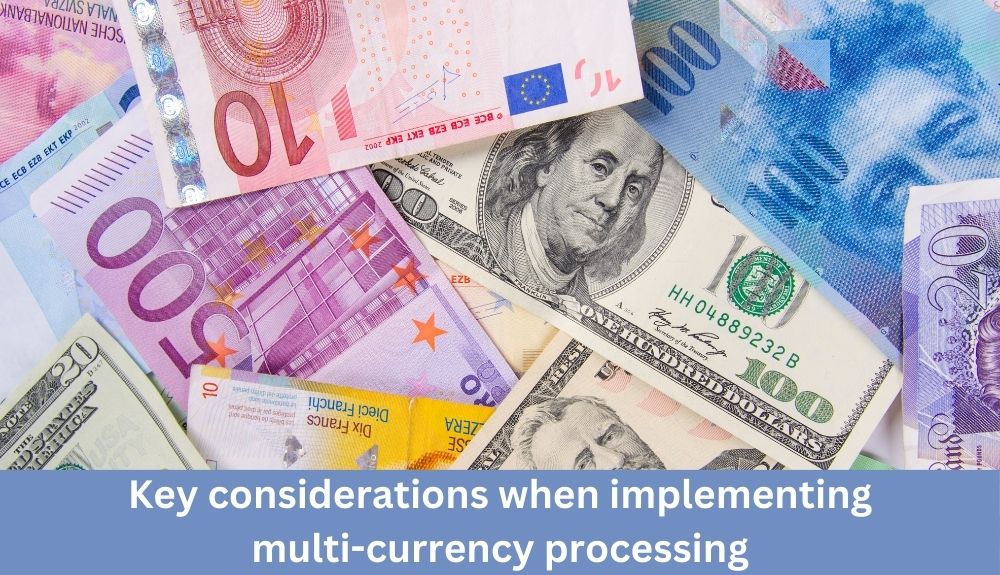
When implementing multi-currency processing for your business, it’s crucial to consider the scalability of the solution. Ensure that the platform can handle increased transaction volume as your business grows globally.
Another key consideration is security. Look for a payment processor that offers robust encryption and compliance with industry standards to protect sensitive financial information.
Integration capabilities are also important. Choose a system that seamlessly integrates with your existing software and e-commerce platforms to streamline operations.
Additionally, keep an eye on exchange rates and fees associated with multi-currency transactions. Opt for a provider that offers competitive rates and transparent pricing structures.
Provide clear communication to customers regarding currency options available at checkout to avoid confusion or unexpected charges. A user-friendly interface will enhance the overall customer experience.
Conclusion: The future of global commerce and the role of multi-currency processing
As global commerce continues to evolve, the role of multi-currency processing becomes increasingly vital for businesses looking to expand internationally. By enabling companies to accept payments in various currencies, it not only enhances customer experience but also reduces currency conversion fees and opens up new market opportunities. In a world that is more connected than ever before, embracing multi-currency processing is not just an option; it’s a strategic imperative for any business aiming to thrive in the global marketplace.
